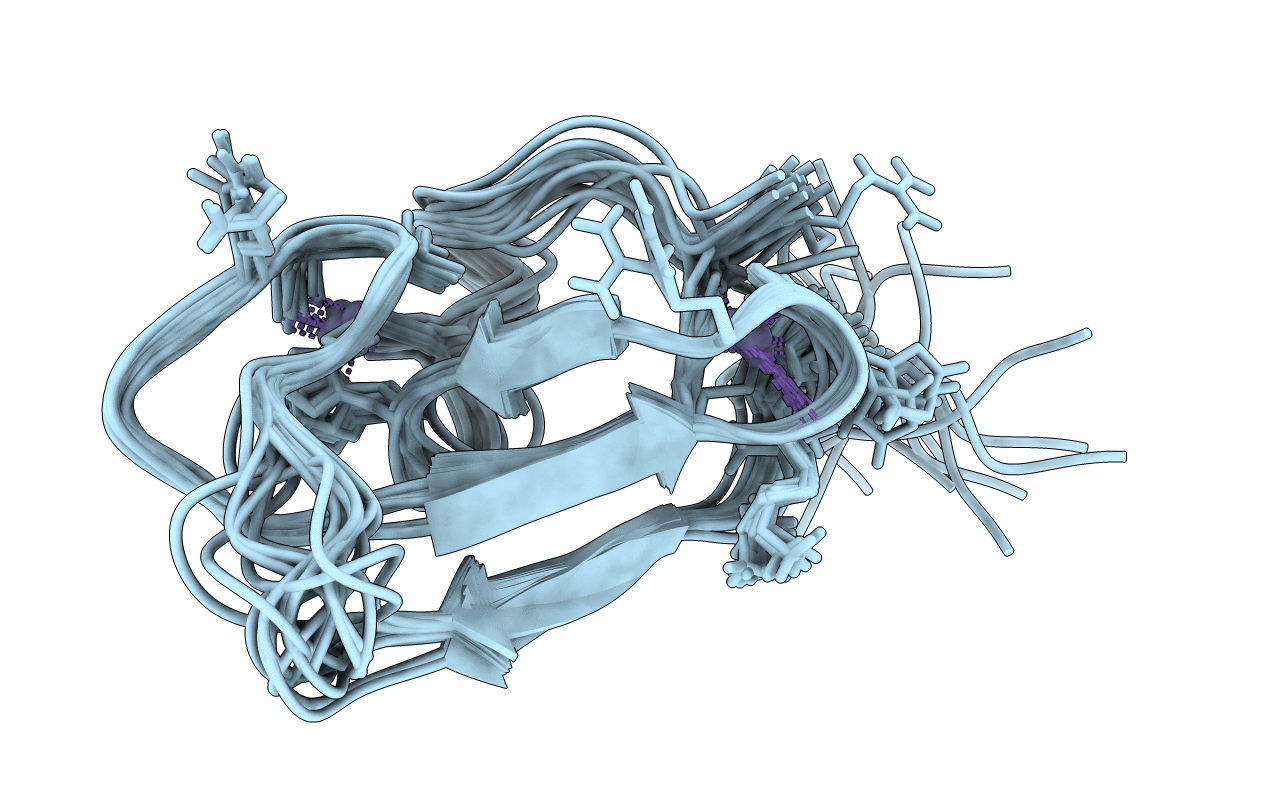
Deposition Date
2001-11-06
Release Date
2002-01-23
Last Version Date
2024-10-30
Entry Detail
PDB ID:
1KBF
Keywords:
Title:
Solution Structure of the Cysteine-Rich C1 Domain of Kinase Suppressor of Ras
Biological Source:
Source Organism:
Mus musculus (Taxon ID: 10090)
Host Organism:
Method Details:
Experimental Method:
Conformers Calculated:
200
Conformers Submitted:
20
Selection Criteria:
structures with the lowest energy


